7 Essential Tips for Choosing the Right Waterproof Toggle Switch for Your Projects
When embarking on projects that require durable and reliable electrical components, selecting the right Waterproof Toggle Switch is crucial for ensuring functionality and safety. According to industry studies, approximately 20% of electrical failures in outdoor settings can be traced back to inadequate protection against environmental factors. Waterproof toggle switches play a vital role in minimizing these risks, especially in applications exposed to moisture, dust, and extreme temperatures. With the global waterproof switch market projected to grow at a CAGR of 7.6% from 2022 to 2028, it is essential for engineers and DIY enthusiasts alike to be equipped with the knowledge necessary to make informed choices. The right waterproof toggle switch not only enhances the longevity of devices but also safeguards users from potential hazards, ultimately contributing to the success of any project.
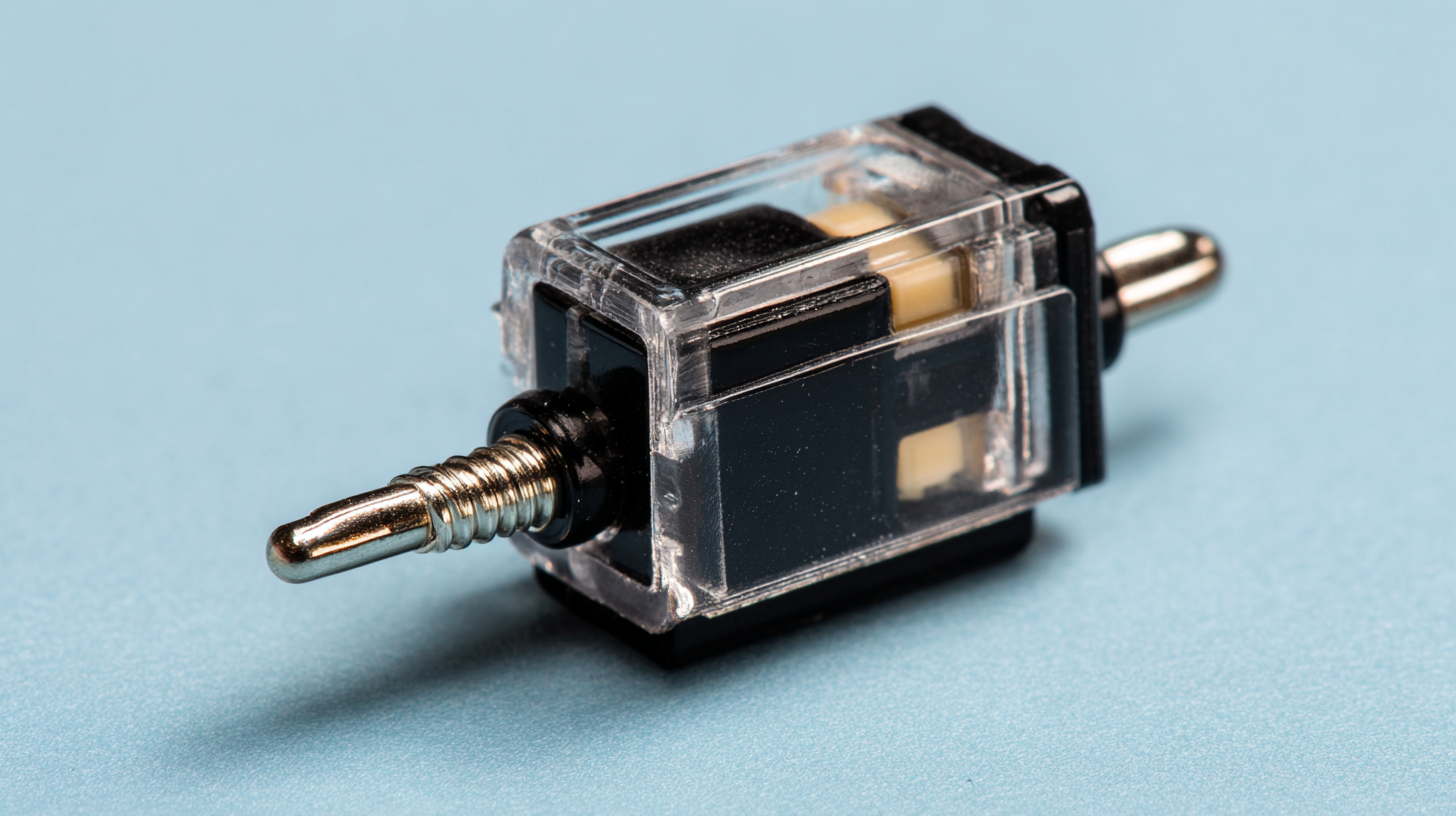
Benefits of Using Waterproof Toggle Switches in Outdoor Applications
When considering outdoor applications, the importance of waterproof toggle switches cannot be overstated. These switches are designed to provide reliable performance in harsh environments, ensuring that your electronic projects remain operational despite exposure to elements like rain, dust, and moisture. According to industry reports, devices that feature waterproof components can significantly reduce failure rates during prolonged use in outdoor conditions, thereby enhancing their lifespan and overall reliability.
Using waterproof toggle switches also promotes safety in outdoor settings. A study indicated that electrical failures due to water ingress are one of the leading causes of accidents in outdoor electrical systems. By integrating waterproof switches, project managers can mitigate risks associated with electrical shock and equipment damage. Furthermore, the market for waterproof electronic components is projected to grow significantly, highlighting a growing recognition of their importance in design and functionality, particularly for applications in agriculture, construction, and outdoor recreational activities. This trend underscores the value of selecting the right components to protect investments and ensure effective operation under all conditions.
Key Features to Consider When Selecting Waterproof Toggle Switches
When selecting waterproof toggle switches for your projects, there are several key features to consider to ensure optimal performance and durability. First and foremost, you should evaluate the ingress protection (IP) rating of the switch. A higher IP rating indicates a better resistance to moisture and dust. For outdoor or harsh environments, look for switches with at least an IP65 rating, which provides solid protection against water jets and dust.
Another critical feature is the material composition of the switch. Materials that are corrosion-resistant, such as stainless steel or high-quality plastic, will enhance the longevity of the switch in wet conditions. Additionally, consider the operating temperature range specified by the manufacturer, as extreme conditions can affect switch functionality. Lastly, check the switch's electrical specifications—voltage and current ratings should align with your project's requirements to prevent any electrical failures. By focusing on these key aspects, you can confidently choose the right waterproof toggle switch tailored for your specific applications.
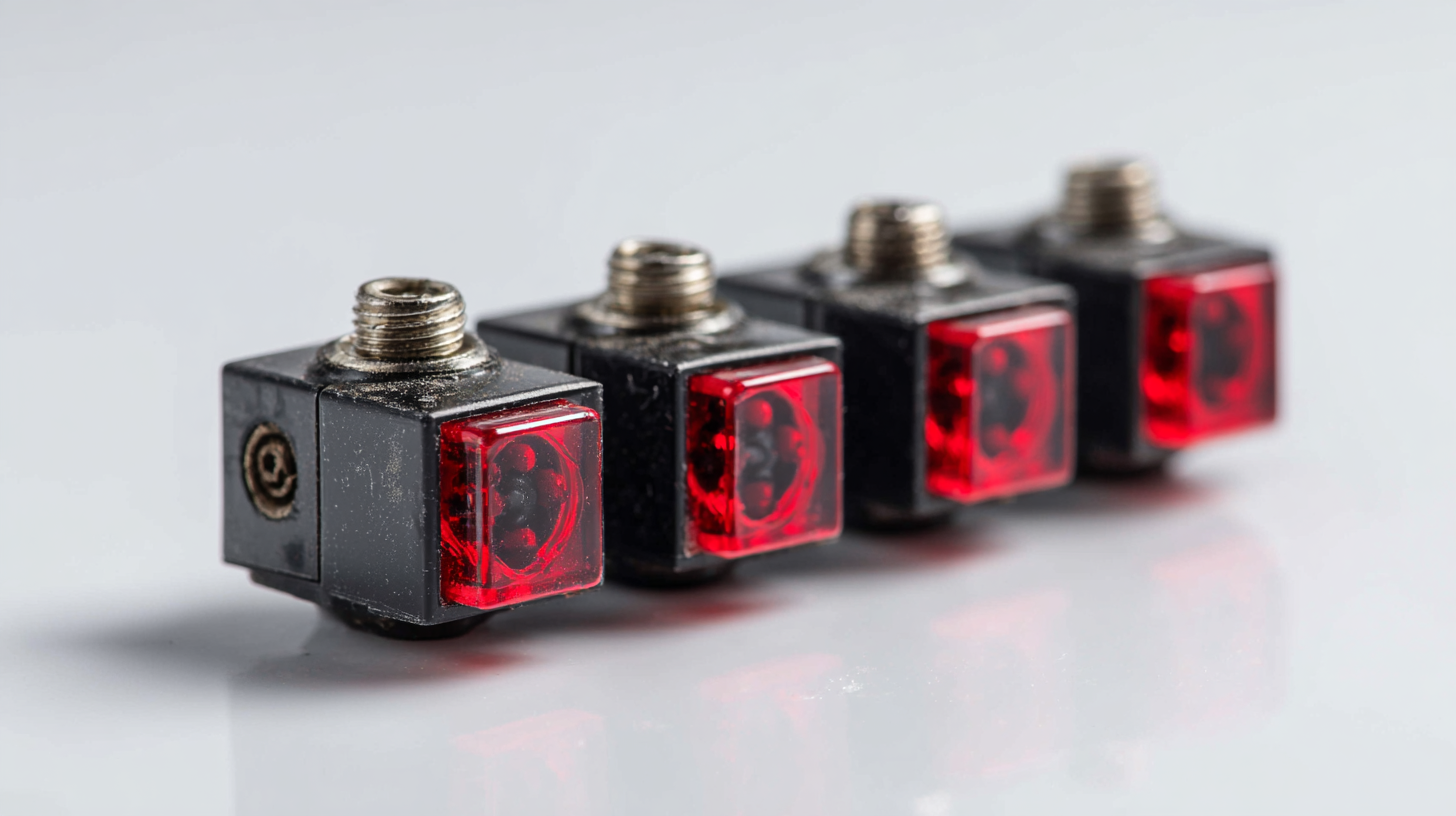
Understanding Different Waterproof Ratings for Toggle Switches
When selecting a waterproof toggle switch for your projects, understanding the various waterproof ratings is crucial. Waterproof switches are commonly rated using the Ingress Protection (IP) system. This rating system classifies the degree of protection offered against dust and moisture. For example, an IP67 rating indicates that the switch is dust-tight and can withstand immersion in water up to 1 meter for 30 minutes. Knowing these ratings helps you choose a switch that suits the environmental conditions it will face.
One essential tip is to evaluate the specific needs of your project. If it's exposed to splashes or light rain, an IP65 rating might suffice. However, for applications involving potential submersion, aim for an IP68 rating. Consider factors like location and expected exposure to water when making your decision. Additionally, it's important to check the material of the toggle switch to ensure it can withstand corrosive environments if necessary.
Finally, always verify the manufacturer's specifications where possible. Some switches may claim waterproof qualities but lack the proper ratings. Ensure you are purchasing reliable products that meet industry standards to avoid failures in critical applications. With these tips in mind, you can confidently select the right waterproof toggle switch.
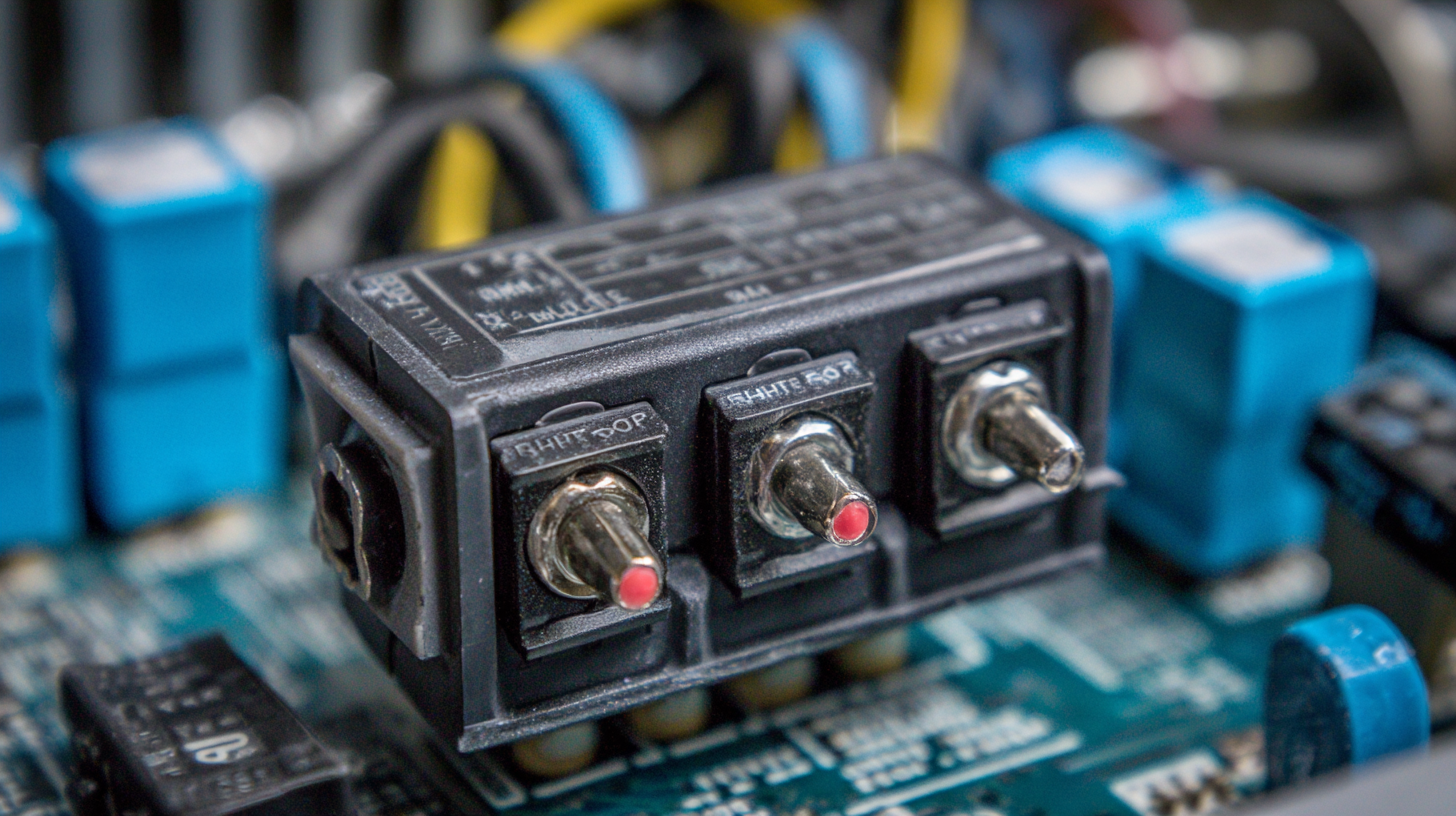
Comparing Costs: Waterproof vs. Standard Toggle Switches
When selecting a toggle switch for your projects, understanding the cost differences between waterproof and standard toggle switches is crucial. According to industry data from the Switchgear and Controlgear Market Report, waterproof toggle switches can cost anywhere from 20% to 50% more than their standard counterparts, primarily due to their enhanced materials and sealing technologies designed to withstand moisture and dust. This price variance can significantly influence budget allocations, especially for large-scale projects requiring multiple units.
Beyond initial costs, investment in waterproof switches can lead to long-term savings. The same report indicates that while standard switches may be cheaper upfront, they often require replacement more frequently in outdoor or high-moisture environments. In fact, maintenance costs for standard toggles in such conditions can increase by up to 30% over time, factoring in downtime and repair interventions. Therefore, when weighing your options, it’s essential to consider not only the sticker price but also the long-term efficacy and reliability of waterproof toggle switches in specific applications.
7 Essential Tips for Choosing the Right Waterproof Toggle Switch for Your Projects - Comparing Costs: Waterproof vs. Standard Toggle Switches
| Feature | Waterproof Toggle Switch | Standard Toggle Switch |
|---|---|---|
| Cost | $15 - $30 | $5 - $15 |
| IP Rating | IP65/IP67 | IP20 |
| Temperature Range | -40°C to 85°C | -10°C to 60°C |
| Material | Corrosion-resistant plastic | Standard plastic |
| Life Cycle | 500,000 cycles | 100,000 cycles |
| Installation Difficulty | Moderate | Easy |
| Ideal Use Cases | Outdoor applications, marine environments | Indoor applications, low moisture areas |
Tips for Installing Waterproof Toggle Switches Effectively
When installing waterproof toggle switches, proper preparation and execution are crucial to ensure reliability and longevity in your projects. First, always check the IP rating of the switch you’re using. An IP rating reflects its resistance to dust and moisture, so selecting a switch with an appropriate rating for your environment is essential. If your project involves outdoor use, consider a switch that's specifically designed for such conditions.
Another important tip is to ensure a proper seal during installation. Use high-quality gaskets or O-rings that come with the toggle switch to prevent water ingress. Apply a weatherproofing adhesive around the edges if necessary, but make sure not to obstruct the switch's functionality. Additionally, wiring should be secured with heat-shrink tubing or waterproof connectors to further safeguard against moisture and corrosion, thus ensuring your toggle switch operates flawlessly over time.
Related Posts
-
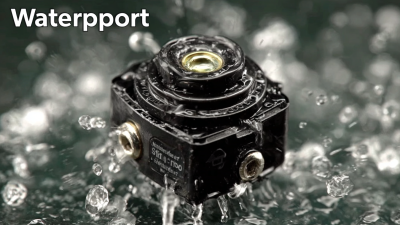
2025 Trends in Waterproof Toggle Switches and How to Choose the Best One
-
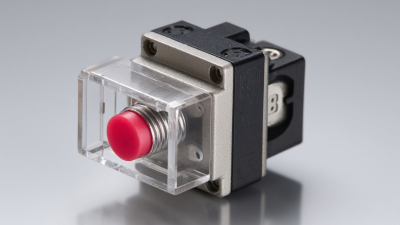
What is a Micro Switch Push Button and How it Enhances Device Performance in Automation
-

7 Tips for Choosing the Best Push Button On Off Switch for Your Application
-
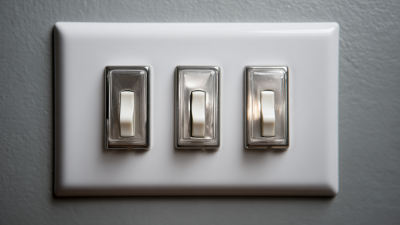
Ultimate Showdown: Comparing the Top-Rated Rocker Light Switches for Your Home
-

Elevate Your Experience: The Global Success of Upgraded Chinese Manufacturing with Best Electrical Rockers
-

Illuminate Your Control Experience with the Advantages of Illuminated Push Buttons for Enhanced Safety

